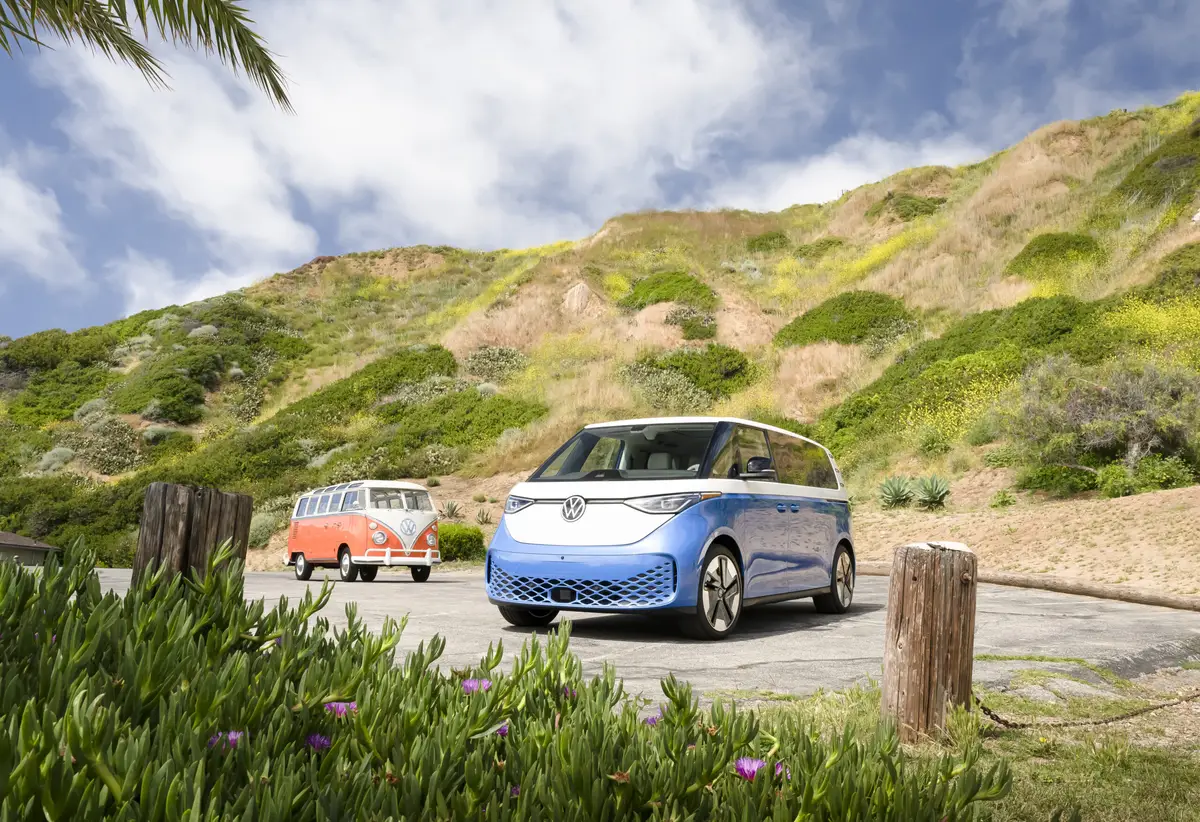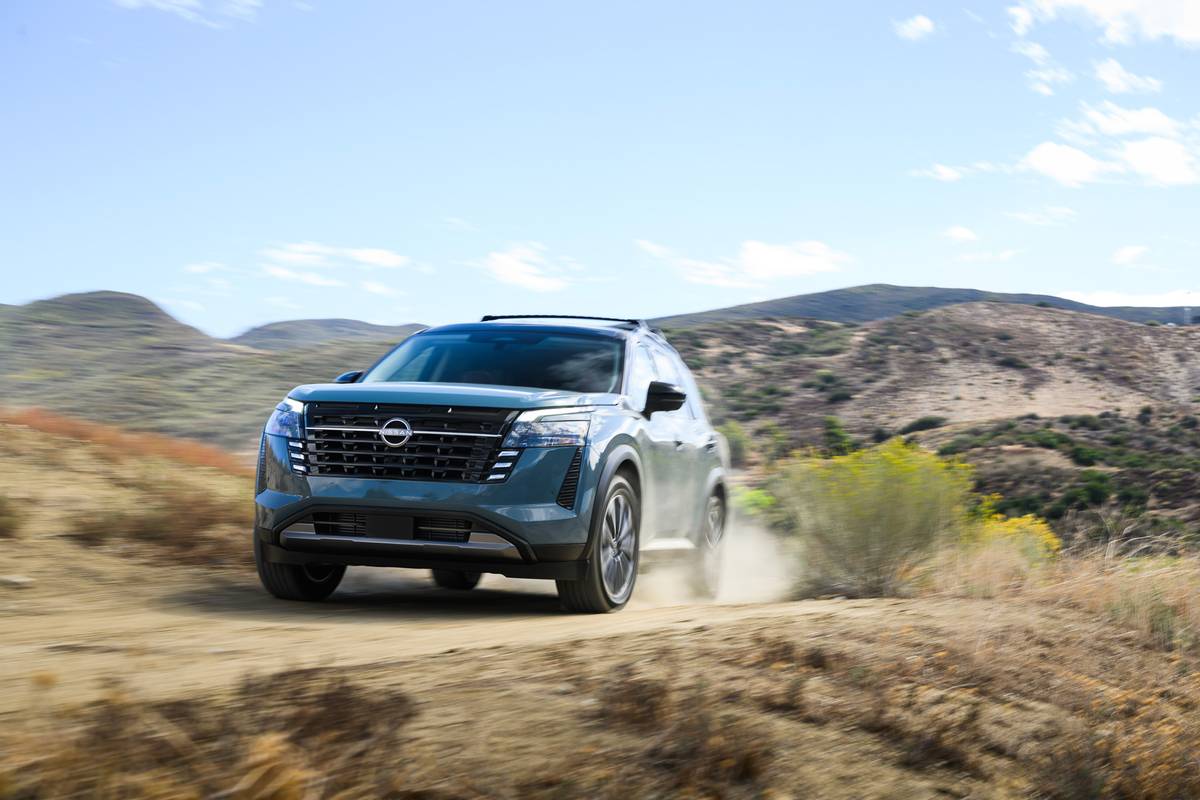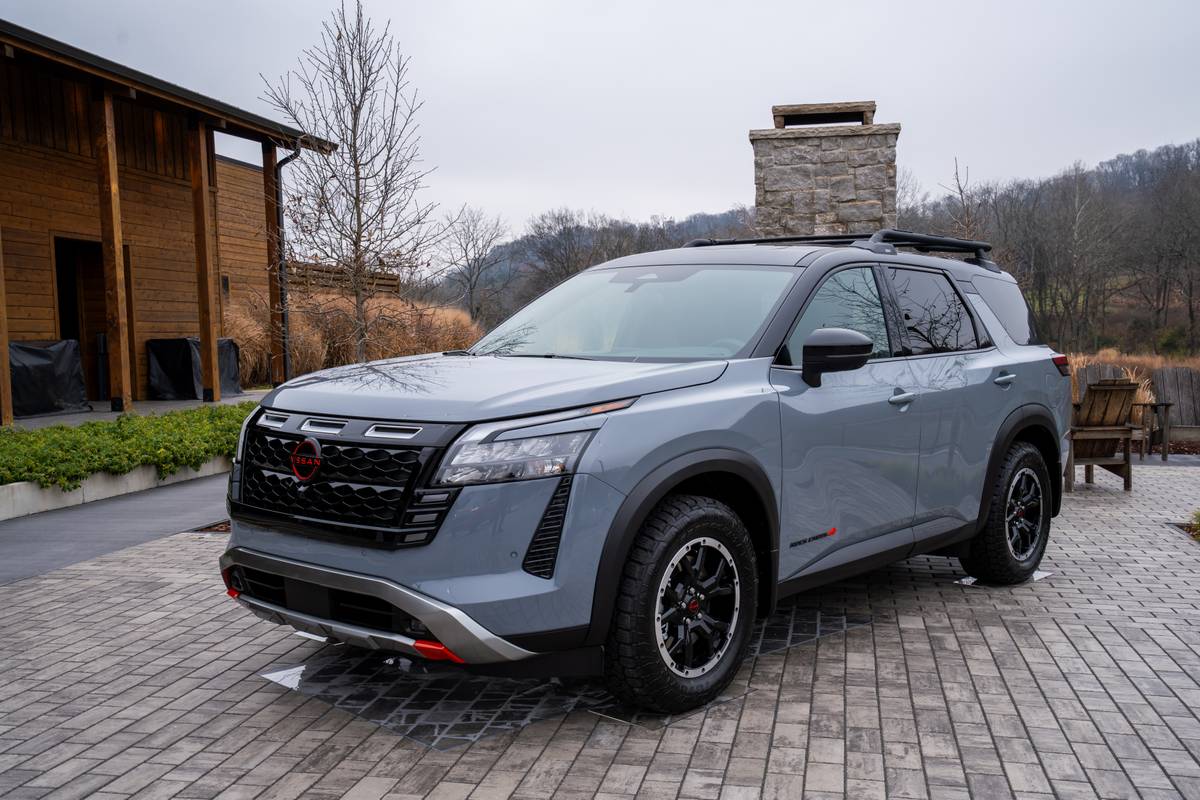The Morning Call and Mcall.com's view
The Mercury Cougar is now 20 years old and going strong. Now, being 20 is not that old in human terms but for a car model, it is a good stretch.
Apparently, the Cougar must be offering something the public wants since some 2 million units were sold since its introduction. That is a fairly impressive figure for a car that was not designed as the answer to every man’s automotive needs. It was brought out as a sporty specialty car for the youthful buyer who wanted and could afford something other than basic transportation. Sort of a yuppie market car before anyone knew what a yuppie was.
Looking back to those ancient times, the original Cougar had a sculptured design that featured a long hood, short deck, hidden headlights, sequential turn signals and a bunch of engine options, the ultimate being a 390-cubic- inch V-8 rated at 320 horsepower. The Cougar also featured one of the most successful advertising symbols of all time – a real cougar cat by the name of Chauncey. Unfortunately, Chauncey chewed up on someone during a publicity stunt and was shot, but fortunately the mechanical Cougar survived.
Over the years, the Cougar, like everything else in life, has changed, though it still retains its original concept as a sporty specialty car. Today, as in years past, it is Mercury’s answer to Ford’s Thunderbird. And although these two cars are closely related, the Cougar still manages to retain its own look and personality.
The 1987 Cougar still looks very much like the ’83 changeover model. However, this year the aerodynamic shape includes a revised, longer silhouette; a new greenhouse; new aero headlamps and side market assembly; all-around flush glass, and full-width tail lamps with styled back-up lamps.
The Cougar is available in two models, the LS and the sporty XR-7. The test car was a sharp-looking XR-7 done up in Bright Red Metallic. (For those who want something just a little different, there is a 20th-Anniversa ry version that features medium cabernet exterior paint with medium smoke trim, wide bodyside moldings with goldtone inserts, goldtone aluminum wheels and a rear deck luggage rack. A ”20th Anniversary” cloisonne design badge adorns the decklid and ”C” pillars. A total of 5,000 units is planned for sale.)
A big change in the XR-7 is that the four-cylinder turbocharged engine has been dropped. In its place is the venerable 302 V-8 or, as it is also known, the 5.0-liter V-8. There is no loss of performance with the switch of engines; in fact there could be even a little more. The XR-7’s V-8 features multi-port fuel-injection and is in a fairly mild state of tune (that is, when compared to the 302 in the Ford Mustang GT). It is rated at 150 horsepower at 3,200 rpm and 270 foot pounds torque at 2,000 rpm.
Step on the accelerator and the car will move out. Helping to get the most power out of the engine is a four-speed automatic overdri ve transmission that not only provides a good spread of power throughout all driving ranges but manages decent fuel mileage. For example, the test car averaged 15 miles per gallon for city driving and 23 mpg over the highway. Certainly not bad for a V-8 engine and 3,379 pound car.
(Standard engine for the Cougar LS is a 3.8-liter/231-cubic-inch V-6 rated at 120 horsepower at 3,600 rpm and 205 foot pounds torque at 1,600 rpm. The V- 8 is available in this model as an option.)
The Cougar has a wheelbase of 104.2 inches; length of 200.8 inches; height of 53.8 inches and width of 70.1 inches. The volume index is 107 cubic feet (92 passenger compartment and 15 trunk) which makes it a compact (100-110 cubic feet) but a large compact. As in many sporty coupes most of this room is in the front, where driver and passenger have more than enough space to stretch out in comfort. Here is a car that everyone should find comfortable. Back seat room is best suited for c ildren and/or small adults. At first the trunk does n ot look that promising but with some careful packing, it can hold a good deal of luggage or what-have-you.
The interior has a mixture of luxury and sport. The dash board is quite impressive looking with all kinds of knobs, buttons and electronic read-outs. I’ve never been overly thrilled by electronic instruments and the XR-7 further reinforced my feelings. Like most electronic instrument panels, the XR-7’s is just a little too much. It seems more of a study in seeing how many different items can be fitted into a very limited space.
For example, the tachometer is perhaps the world’s smallest. There is a full set of electronic gauges, however, they can only be displayed one at a time. The speedometer is a typical number readout, which isn’t bad, but not that great either. And rounding everything out is the obligatory trip computer. (Most of these remarks can probably also be applied to any other car with electronic instrumentation.) I’m afraid we are going to see more of this in the future.
Driving the XR-7 should not present any problems to anyone. Although the handling is quite crisp and capable of doing more than most driver can, it is an easy car to drive. Just slip it in gear, press on the accelerator and start steering. Not the least bit tricky. In fact, beginning drivers shouldn’t be intimidated. But if you like to run the back roads, you won’t be disappointed either.
Responsible for most of this is a sophisticated suspension system that features hybrid MacPherson struts, nitrogen gas-pressured shocks and stabilizer bar up front, and, in the rear, a 4-bar link with gas-pressured shocks and coil springs, stabilizer bar and Quadra-Shock. The last item features four shock absorbers and is used on all Ford Motor Company’s high performance rear-drive cars. Further helping things out are big P225/60VR15 performance radials mounted on 15 by 7 inch cast aluminum wheels.
With all of this suspension, you might assume the ride would be a little stiff. Well, you’re right. But then this is the way it is with performance cars. And if you can’t take the ride, keep out of the Cougar.
Base price for the Cougar XR-7 is $15,660. The base will give you a complete car with power equipment, air conditioning and stereo. But if you are going to be a sport, you don’t stop there. With a destination charge of $432, the test car had a bottom line of $18,867, which would buy three of those 1967 models with change left for plenty of 29-cents-a-gallon premium gasoline.
Options included the preferred equipment package 166 at $1,711 (interval windshield wipers, tilt steering wheel, speed control, rear window defroster, light group, power windows and locks, AM/FM ETC stereo cassette, 6-way driver’s seat and premium sound system); leather seat trim, $415; keyless entry system, $202; headlamp convenience group, $176; passenger 6-way power seat; automatic climate control feature, $162; power antenna, $71; graphic equalizer, $50, and metallic clearcoat paint, $183. The price also reflects added discounts of $446. The Cougar is covered by Ford Motor Company’s 6-year/ 60,000-mile warranty.
Latest news



